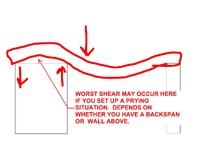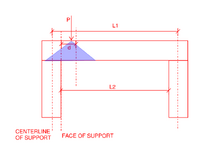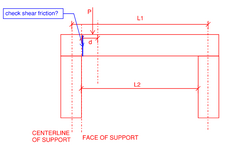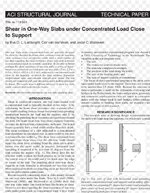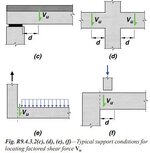The old ACI 318-11 section 8.9 clearly defined the span length of concrete beams/slabs for determination of moment:
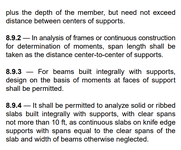
I believe the newer versions do not have this definition anymore. However, my question is related to shear.
We know that if a concentrated load occurs between the face of the support and a distance d away from it, the shear demand must be evaluated at the face of the support. In this case, regardless of how the span is defined, the maximum shear to be considered occurs at the same location.
However, if the support is considerably wide, using the center-to-center span (L1) to evaluate shear results in a lower shear force at the face of the support compared to using the clear span (L2). Which definition of span should be used?
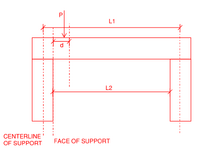

I believe the newer versions do not have this definition anymore. However, my question is related to shear.
We know that if a concentrated load occurs between the face of the support and a distance d away from it, the shear demand must be evaluated at the face of the support. In this case, regardless of how the span is defined, the maximum shear to be considered occurs at the same location.
However, if the support is considerably wide, using the center-to-center span (L1) to evaluate shear results in a lower shear force at the face of the support compared to using the clear span (L2). Which definition of span should be used?


